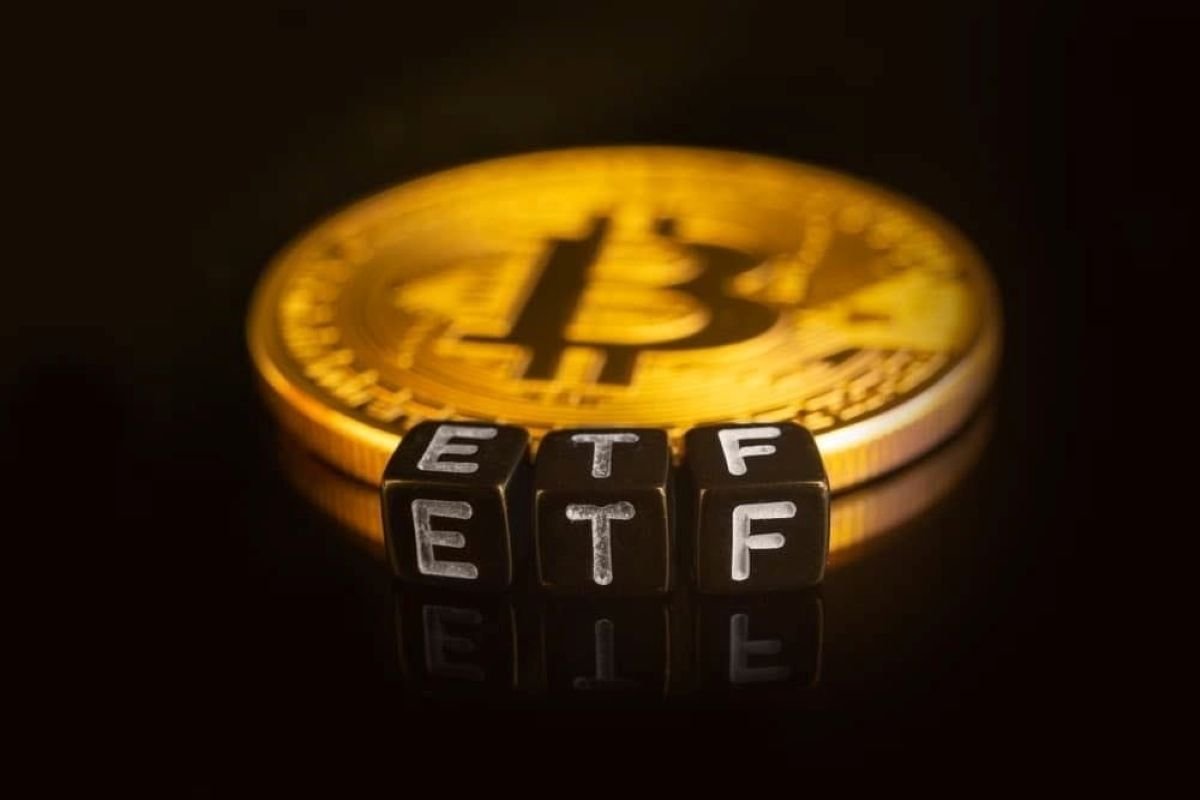Bitcoin could be on the cusp of a major supply shock thanks to two key events: the upcoming halving in April and a recent surge in demand from newly approved Bitcoin exchange-traded funds (ETFs).
The Bitcoin halving, which occurs every four years, cuts the block reward miners receive in half. This slashes the new supply of Bitcoin entering the market, tightening overall availability. With the next halving just months away, supply is set to drop drastically even as demand rises.
That demand is coming primarily from institutional investors via Bitcoin ETFs. Top ETF providers like BlackRock have bought over $4.3 billion worth of Bitcoin through these funds in just seven days, according to Bloomberg analyst Eric Balchunas. With more than 112,000 BTC accumulated quickly, these ETFs highlight the growth in appetite for Bitcoin exposure among institutions.
LATEST: The Great GBTC Gouge hit record -$640m on Monday, the Nine did their best to offset but fell short w/ a $553m haul. ROLLING NET FLOWS still healthy at +$1b but ongoing battle. The Nine now have a 20% share vs GBTC. Volume also remains very high for new launches in 2nd wk pic.twitter.com/ng0BU8mi6L
— Eric Balchunas (@EricBalchunas) January 23, 2024
This combination of surging demand and shrinking supply sets the stage for a supply shock. On-chain data from Blockware’s Mitchell Askew shows over 70% of Bitcoin hasn’t moved in over a year, indicating limited sell-side liquidity.
Despite the launch of #Bitcoin ETFs presenting an opportunity to “sell the news”, most HODL’ers (unsurprisingly) have not done so.
A record % of the BTC supply remains untouched.
The new demand from ETFs, that will come slowly, not all at once, will be met with incredible… pic.twitter.com/WEbMREayuH
— Mitchell 🇺🇸🚀 (@MitchellHODL) January 18, 2024
Askew suggests that the fresh demand from ETFs will be absorbed by “incredible supply-side illiquidity” over time. This may lead to intensified competition for limited available Bitcoin, potentially sending its price upward.
However, whether an actual shock materializes depends on many factors. These include potential price fluctuations, changing regulations, and variations in overall demand.
Bitcoin’s price saw stagnation during the first week of spot ETF trading. At press time, Bitcoin is hovering around $39,500, down over 7% over the last seven days, according to data from CoinGecko.
















